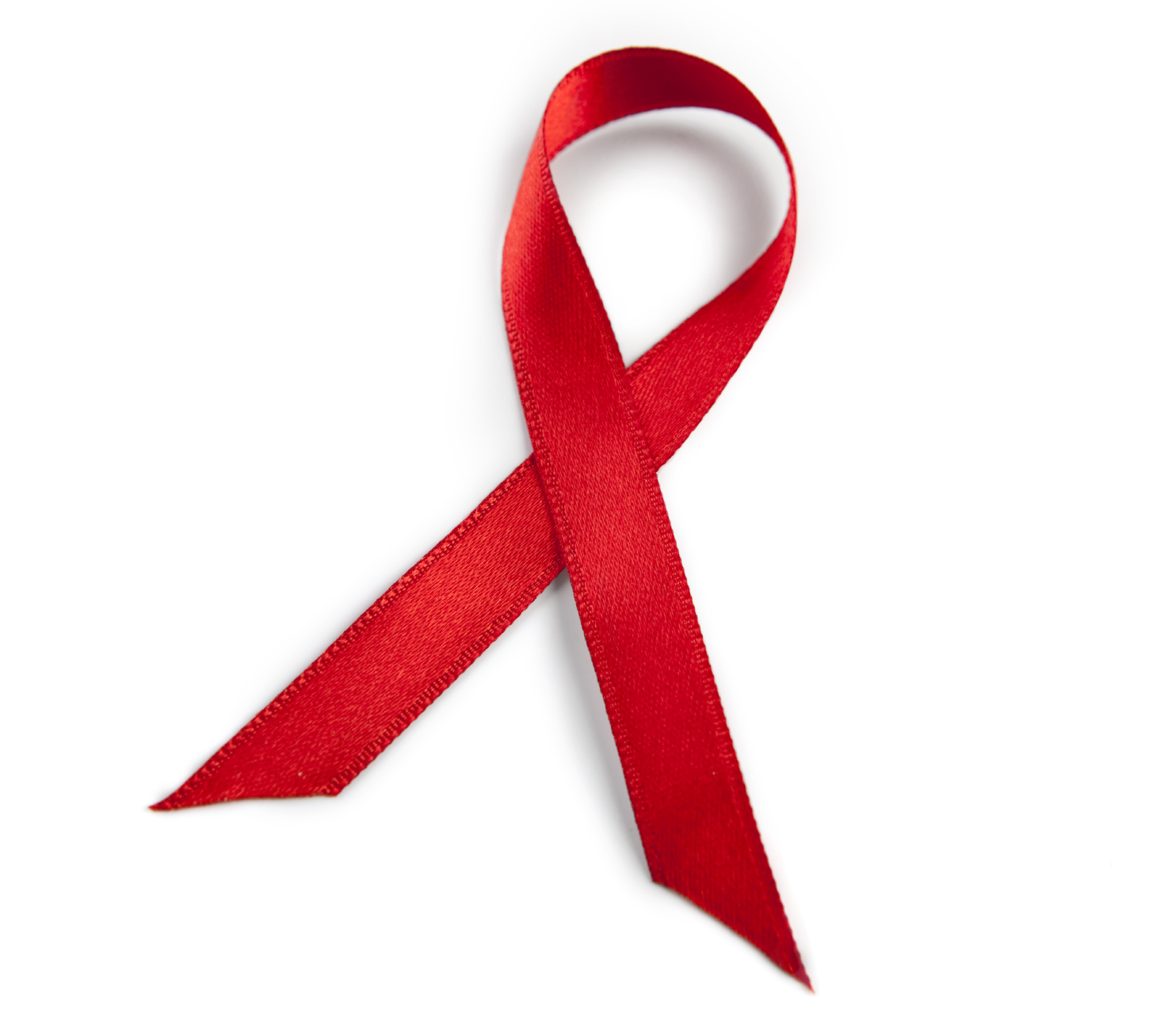 Two scientific advances have provided the tools needed to end the HIV epidemic. First, for people who are not infected with HIV, Pre-Exposure Prophylaxis (PrEP) can reduce the risk of HIV infection by more than 90%. Second, people living with HIV who get into medical care, take their HIV medicine and become virally suppressed are 96% less likely give HIV to anyone else. Every prevented HIV infection saves $379,668 over that person’s lifetime. The savings could add up quickly for Arizona, where 762 people were newly infected with HIV in 2014.
Two scientific advances have provided the tools needed to end the HIV epidemic. First, for people who are not infected with HIV, Pre-Exposure Prophylaxis (PrEP) can reduce the risk of HIV infection by more than 90%. Second, people living with HIV who get into medical care, take their HIV medicine and become virally suppressed are 96% less likely give HIV to anyone else. Every prevented HIV infection saves $379,668 over that person’s lifetime. The savings could add up quickly for Arizona, where 762 people were newly infected with HIV in 2014.
These tools work best when paired with resources and a community plan. To this end, the Arizona Department of Health Services and Maricopa County HIV programs led 2,692 man hours of community planning with people living with HIV, community based-organizations, doctors, nurses, social workers, clinics, planning bodies, community leaders, and federal programs.
At the core of the plan, more than five percent of the 16,689 people living with HIV in Arizona were interviewed to help identify needs, barriers, and gaps in services. More than 200 community partners gave input on how well HIV prevention is working and what people think about HIV. Sixty-five newly diagnosed people shared their experience of being in or starting medical care in the past year. More than 200 representatives of people living with HIV, community-based organizations, medical providers, Ryan White and CDC funded programs, public health programs, community leaders, and tribal entities used this community data to conduct strategic planning, and 60 planning body members and guests gave their time to create activities for northern, central, and southern Arizona focused plans.
While ending the HIV epidemic in Arizona is an audacious goal, the commitment and dedication of community members and organizational partners shown during the planning process will support plan implementation and move us forward toward success.










Thank you, Dr. Christ, for your leadership in ending HIV/AIDS in Arizona